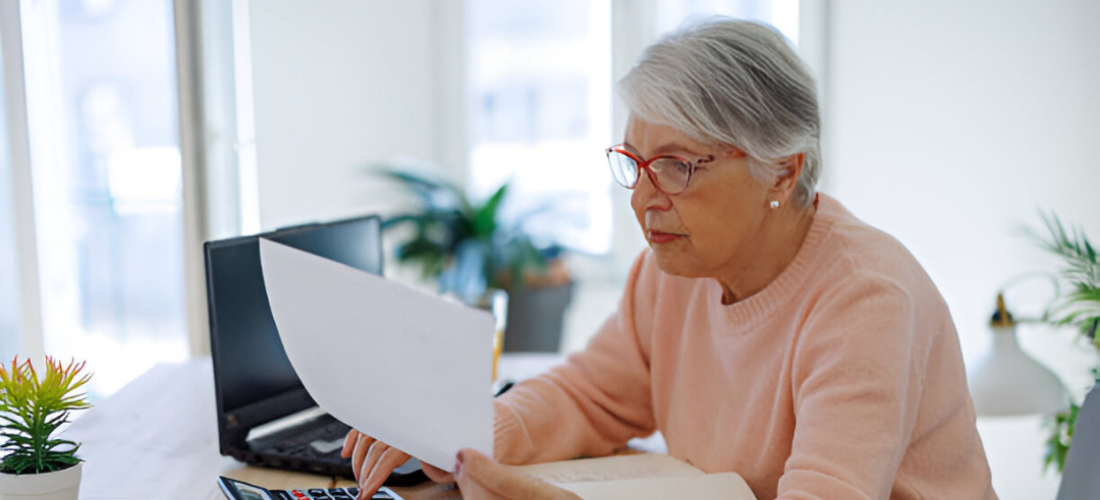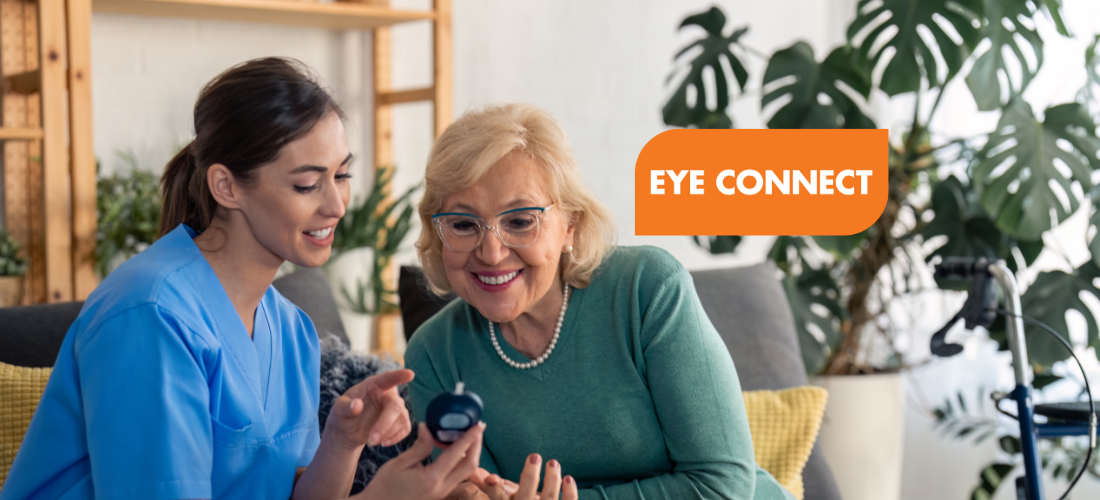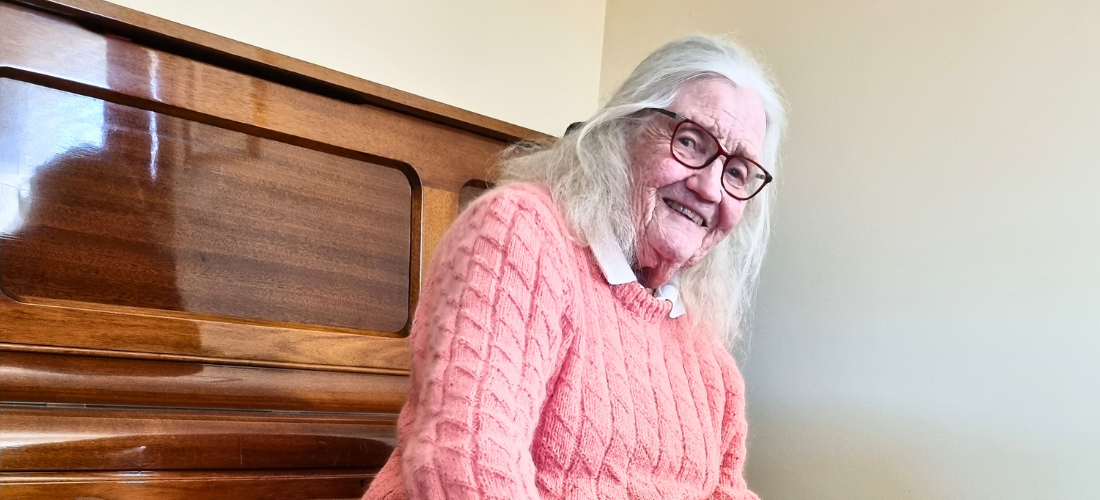Vision loss and falls
People with vision loss are more likely to suffer a fall. That’s why falls prevention expert Trish Lynch, Health Promotion Service, South Eastern Sydney Local Health District (SESLHD), joined MDFA’s webinar series to share her top tips to reduce your risk of falling. A fall can leave a life-changing impact on your life. A simple trip could lead to months of rehabilitation, loss of independence and social isolation.
“The facts are that one in three people over 65 years of age will have a fall, and one in two people over 80 years of age will have a fall,” Trish explained.
“People with reduced vision are eight times more likely to fall than the general community, and if you have a fall, you are very likely to fall again in the next 12 months.
“The good news is we can prevent falls. Changes can be simple and effective with a little advice and a few lifestyle adjustments. The results are maintained independence, which is well worth a few minutes of reflection.
“So what can you do to stop the chances of falling? The most effective action is to look at the risk factors and see if they apply to you.”
Watch the webinar
Risk factors of falling
The following risk factors increase your chances of suffering a fall:
- poor vision
- clutter in your home
- wobbly legs
- poor balance
- slippery shoes
- insufficient calcium and vitamin D
- taking more than four medications.
You can reduce your risk by improving lighting, installing sturdy rails and removing trip hazards such as unsecured mats around your home. Other tips include making sure your shoes aren’t worn out, wearing a hat and sunglasses outside to decrease glare on sunny days, and talking to your pharmacist about the side effects (like dizziness) of any medications you’re taking.
“But the single most effective intervention to reduce your risk of falls is exercises to improve your leg strength and balance,” Trish said.
“Physical activity is most likely to continue if you enjoy what you’re doing. Some examples are gardening, walking, tai chi, formal exercise classes and swimming.
“But specific exercises are for different needs and this is true for falls prevention.”
Exercises to reduce your risk of falling
Trish recommends two hours of balance exercises spread across the week. Before you begin performing them, remove any clutter, unsecured mats and pets, and find secure support such as a kitchen bench or a sturdy table and chairs.
Trish’s webinar talked us through the following evidence-based exercises:
- tandem stand – watch how it’s done
- sit-to-stand exercise – watch how it’s done
- toe raise – watch how it’s done
- heel raise – watch how it’s done
- front knee straightening exercise – watch how it’s done
- hip sideways lifting exercise – watch how it’s done
If you experience any pain or have any questions about your safety, talk to your GP or physio.
If you want to learn more about the Stepping On falls prevention program, call 1800 823 002.
SESLHD Health Promotion Service strives to improve the health and wellbeing of our community. We ensure our community has the information they need to make decisions that promote healthy lifestyle For more information, visit the Health Promotion Service, South Eastern Sydney Local Health District website.
Posted: 7 January 2021

















